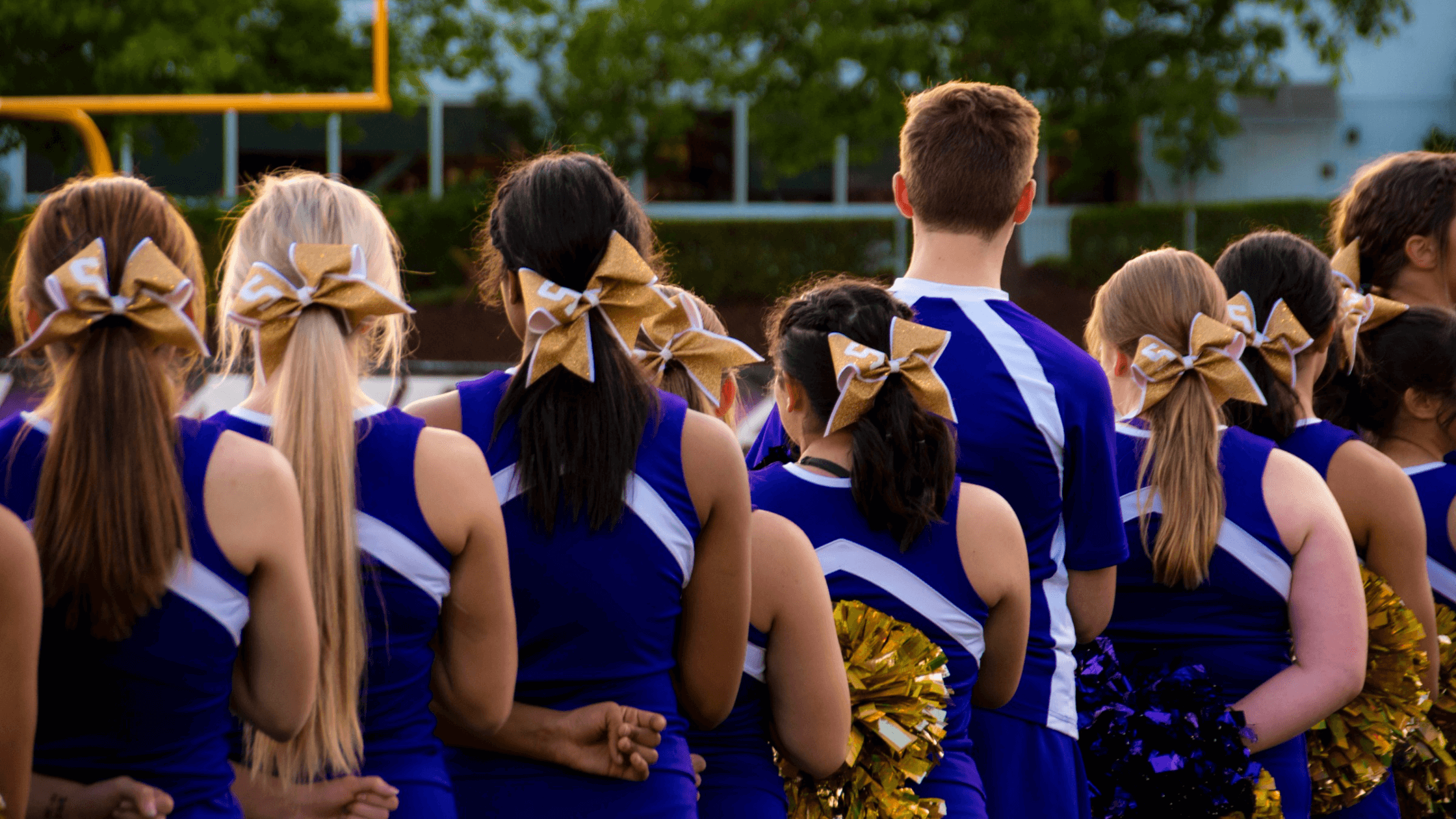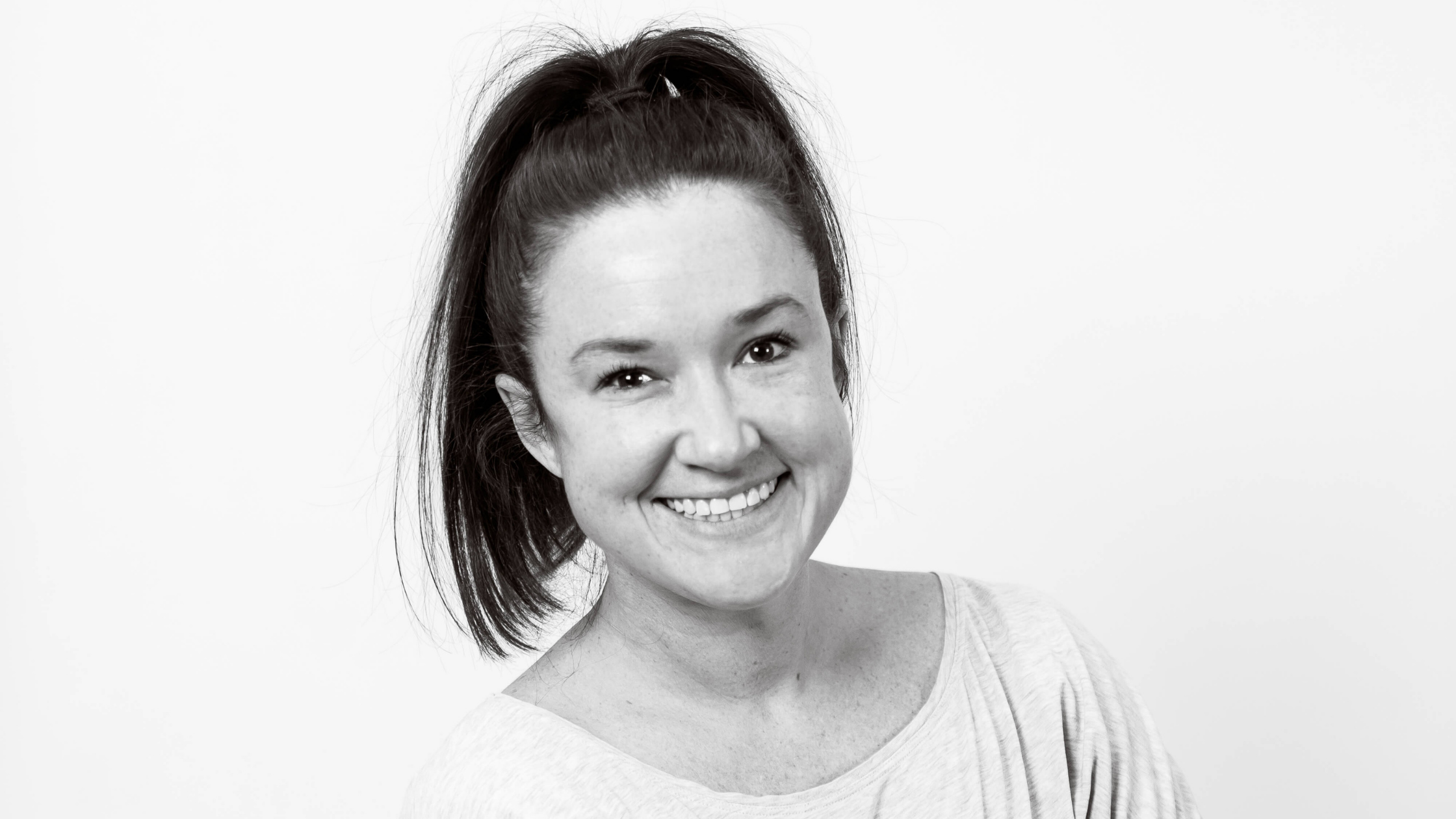Physical Therapy | Cheerleading
Cheerleading Injuries: Causes, Symptoms, and How Physical Therapy Can Help

Licensed Physical Therapist, PT, DPT // Dry Needling Certified // Orthopedic Certified Specialist // EW Motion Therapy Homewood
Cheerleading is an exciting and high-energy sport that requires a lot of strength, flexibility, and coordination. However, it also comes with its fair share of injuries. In fact, according to the National Cheer Safety Foundation, cheerleading has one of the highest injury rates of any sport. Physical therapy can often be integral to any cheerleader’s healing process and helps them return to practice or competition. We love to do this for our cheer clients at EW Motion Therapy, but even if you decide our services do not fit your needs, you can still read on as we explore some of the most common cheerleading injuries, their symptoms, causes, and how physical therapy can help.
The four most common cheerleading injuries
Ankle sprains
Ankle sprains are one of the most common injuries in cheerleading. They occur when the ligaments that connect the bones in the ankle joint are stretched or torn. Symptoms include pain, swelling, and difficulty bearing weight on the affected ankle. Ankle sprains are usually caused by landing awkwardly from a jump or tumbling pass or by rolling the ankle during a stunt.
Physical therapy can help with ankle sprains by reducing pain and inflammation, increasing range of motion, and improving strength and stability in the affected ankle. A physical therapist may use manual therapy, stretching, and exercises to help the ankle heal and prevent future injuries.
Concussions
Concussions are traumatic brain injuries (TBIs) that can occur when the head is hit or jolted violently. Symptoms include headache, dizziness, nausea, confusion, and sensitivity to light or noise. Concussions can be caused by falls, collisions with other cheerleaders, or being hit in the head with a prop.
Physical therapy can play a role in the management of concussions by helping to reduce symptoms and improve cognitive function. A physical therapist may use exercises to improve balance and coordination and work with the athlete to increase their activity level as they recover.
Shoulder injuries
Shoulder injuries are common in cheerleading due to the repetitive overhead movements required for stunts and jumps. They can include shoulder impingement syndrome, rotator cuff tears, shoulder instability, labral tears, or bursitis. Symptoms can include pain, weakness, and instability in the shoulder joint. Shoulder injuries can be caused by overuse as well as falls or direct trauma to the shoulder.
Physical therapy can help with shoulder injuries by improving strength and flexibility in the shoulder joint and improving posture and body mechanics. A physical therapist may use exercises, manual therapy, and other techniques to help the shoulder heal and prevent future injuries.
Knee injuries
Knee injuries are another common injury in cheerleading. They can include ligament sprains, meniscus tears, and patellar dislocations. Symptoms include pain, swelling, and instability in the knee joint. Knee injuries can be caused by landing awkwardly from a jump, twisting the knee during a tumbling pass, or being hit on the side of the knee during a stunt.
Physical therapy can help with knee injuries by reducing pain and inflammation, improving strength and stability in the knee joint, and restoring range of motion. A physical therapist may use exercises, manual therapy, and other techniques to help the knee heal and prevent future injuries.
What are the best ways to prevent cheerleading injuries?
Cheerleading is an exciting and challenging sport but poses an increased risk of injury. However, you can prevent many injuries with proper strength and conditioning, ensuring appropriate mobility, and utilizing the correct technique with all skills. If an injury occurs, physical therapy can effectively manage symptoms, improve function, and prevent future injuries. If you are a cheerleader or the parent of a cheerleader, talk to your coach or healthcare provider about injury prevention and management strategies.
No athlete wants to be injured, but an effective recovery plan can shorten healing time and help you return to your sport faster. We work with many athletes at EW Motion Therapy, including cheerleaders, and we consider it a privilege to help them recover from and prevent injuries and improve their skills. If you want to learn more about what physical therapy can do for you, click the button below to download our answers to 20 frequently-asked physical therapy questions.


